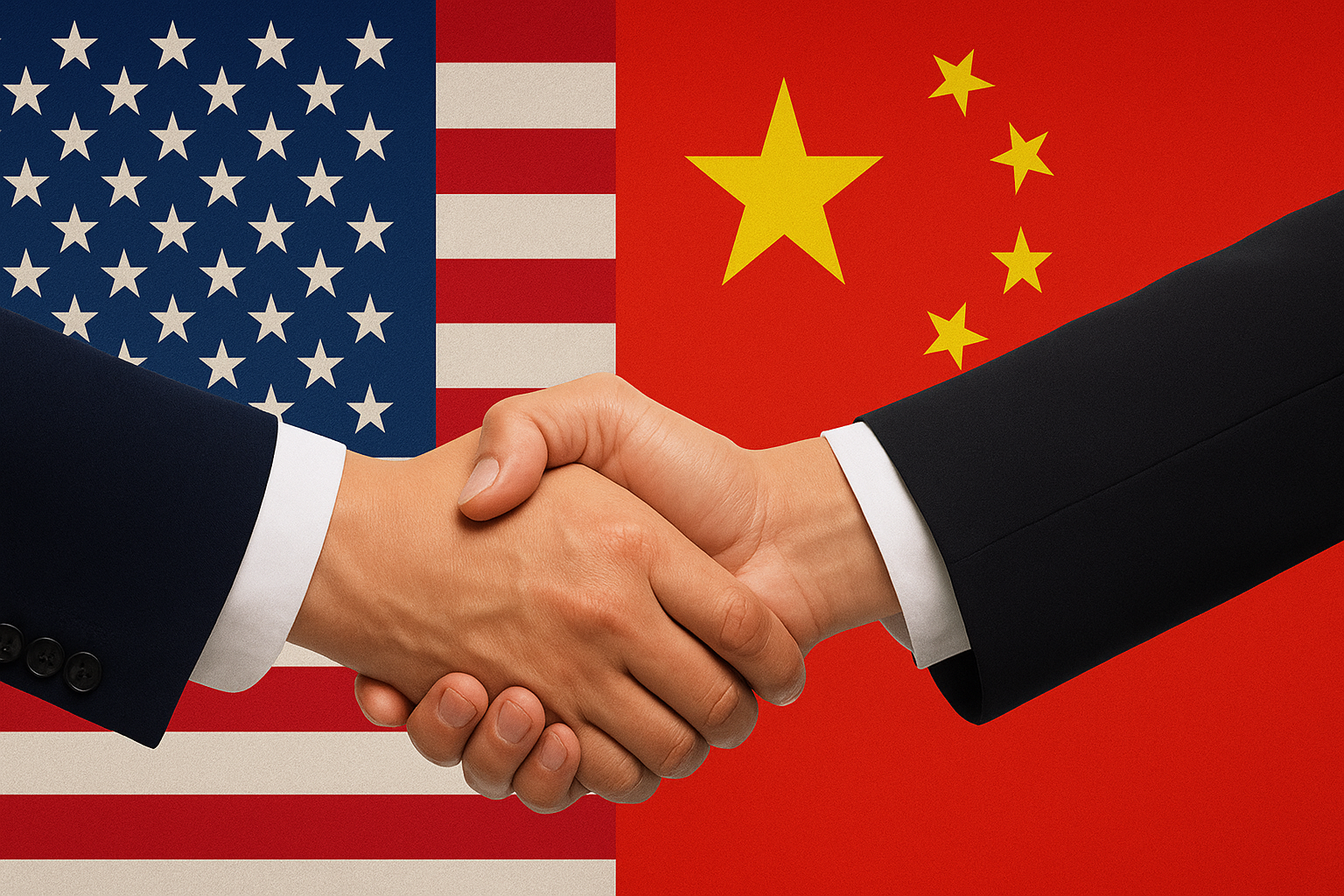On August 11, 2025, just hours before a scheduled spike in trade tariffs, U.S. President Donald Trump signed an executive order to extend the tariff truce with China for another 90 days, delaying steep duties and maintaining trade stability. This move keeps retaliatory tariff rates at 30% on U.S. imports from China and 10% on Chinese imports from the U.S., averting an economic crisis and buying time for further negotiations.
Reuters
+1
Reuters
Background: From a Trade War to a Temporary Truce
The Path to Triple-Digit Tariffs
Earlier in 2025, tariff tensions escalated drastically. U.S. tariffs soared to 145% on Chinese imports; China retaliated with 125% on American goods. These rates would have acted as a near-total trade blockade.
Reuters
Wikipedia
+1
The First Truce in May
In a bid to de-escalate, both nations agreed in May to reduce tariffs to 30% (U.S.) and 10% (China) for 90 days, allowing discussions to proceed.
Wikipedia
+1
Investopedia
Terms of the 90-Day Extension
What Remains Unchanged
U.S. tariffs on Chinese goods remain at 30%.
Chinese tariffs on U.S. goods stay at 10%.
The extension runs until November 10, 2025, providing a window for continued talks.
Reuters
Reuters
Japan Wire by KYODO NEWS
France 24
https://www.uppermichiganssource.com
Why the Extension Matters
This delay allows U.S. retailers to stock up for the important holiday season without sudden costs. It also preserves market confidence while negotiators work toward a longer-term resolution.
Reuters
Reuters
+1
AInvest
Reactions: Politics, Markets, and International Signals
Political Landscape & Strategy
President Trump emphasized his positive rapport with China’s President Xi Jinping and hinted at a potential summit pending progress. U.S. officials, including senior trade diplomats, have indicated that this extension lays groundwork for a framework agreement.
Reuters
Reuters
+1
Market Movements
Asian stock markets rallied, with Japan’s Nikkei and Australia’s market hitting new highs. Markets responded favorably to reduced trade uncertainty.
Reuters
Oil prices rose moderately—Brent gained to $66.89/barrel, WTI to $64.18—reflecting improved global trade sentiment.
Reuters
Implications and Next Steps
Businesses and Consumers
Consumers in both countries benefit from price stability during the extended pause. Exporters gain clarity and operational continuity, with industries like electronics, apparel, and toys safeguarded from sudden tariff increases.
Reuters
Investopedia
Geopolitical Stakes
The extension underscores mutual interest in de-escalation—but underlying issues remain unresolved. Pressing topics such as supply chain fairness, subsidies, technological competition, and strategic access persist and are expected to remain central in future talks.
Reuters
Wikipedia
Conclusion
The 90-day extension of the U.S.–China tariff truce represents a critical pause amid escalating economic friction. It offers both governments breathing room for deeper negotiations ahead of the holiday sales crunch and international diplomacy. While markets and businesses welcome the break, the real test will be whether this truce evolves into a comprehensive agreement—or simply delays the next wave of trade clashes.
Frequently Asked Questions (FAQs)
- What tariffs are currently in effect?
U.S. maintains a 30% tariff on imports from China; China applies a 10% tariff on U.S. goods.
Reuters
+1
Reuters - How long does the new extension last?
The tariff truce is extended for another 90 days, until November 10, 2025.
Japan Wire by KYODO NEWS
France 24
https://www.uppermichiganssource.com
Reuters - Why is this timing significant?
It helps U.S. retailers prepare for the holiday season and dampens market volatility.
Reuters
Reuters
+1 - What prompted the extension instead of a rollback?
It’s a tactical pause to keep dialogue alive while avoiding the severe economic disruption of tariffic peaks.
Reuters
+1
Wikipedia - What are the main unresolved issues?
Key concerns include trade fairness, intellectual property, technology exports, industrial subsidies, and geopolitical competition.
Reuters
Wikipedia
